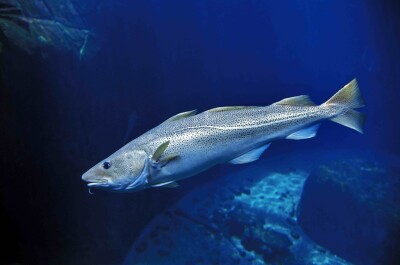SEATTLE (AP) — After a massive toxic algae bloom closed lucrative shellfish fisheries off the West Coast last year, scientists are turning to a new tool that could provide an early warning of future problems.
Scientists at the National Oceanic and Atmospheric Administration and the University of Washington last week deployed the so-called ocean robot about 50 feet into waters off the coast of La Push, Washington, near a known hotspot for toxic algae blooms.
The tool, dubbed "a laboratory in a can," will remain in the water until mid-July, providing real-time measurements about the concentrations of six species of microscopic algae and toxins they produce, including domoic acid.






